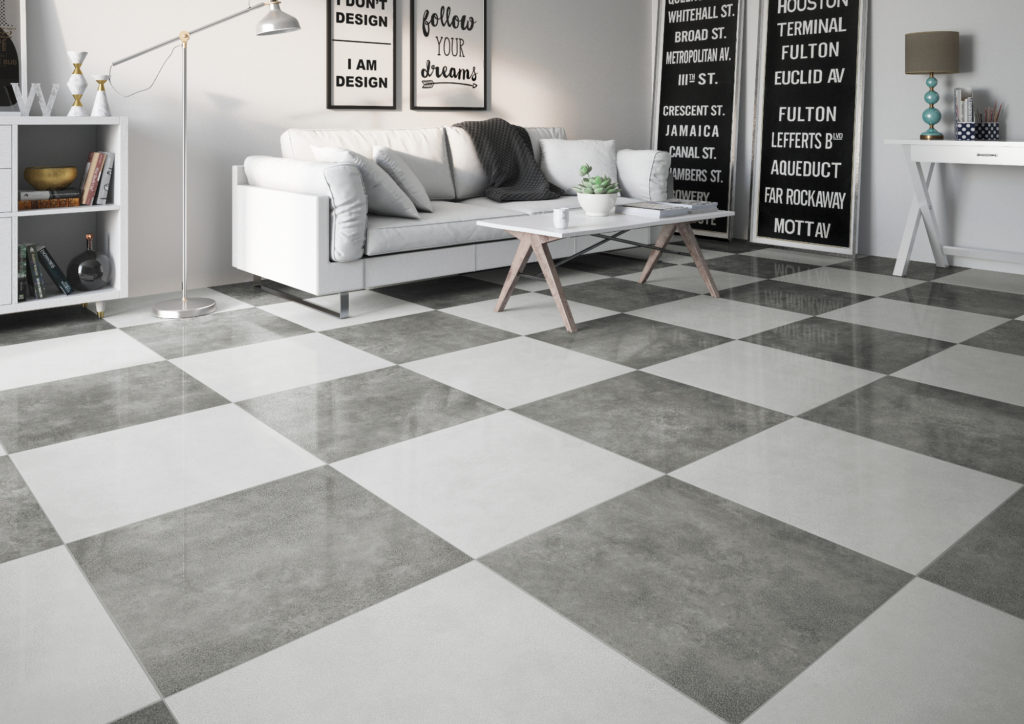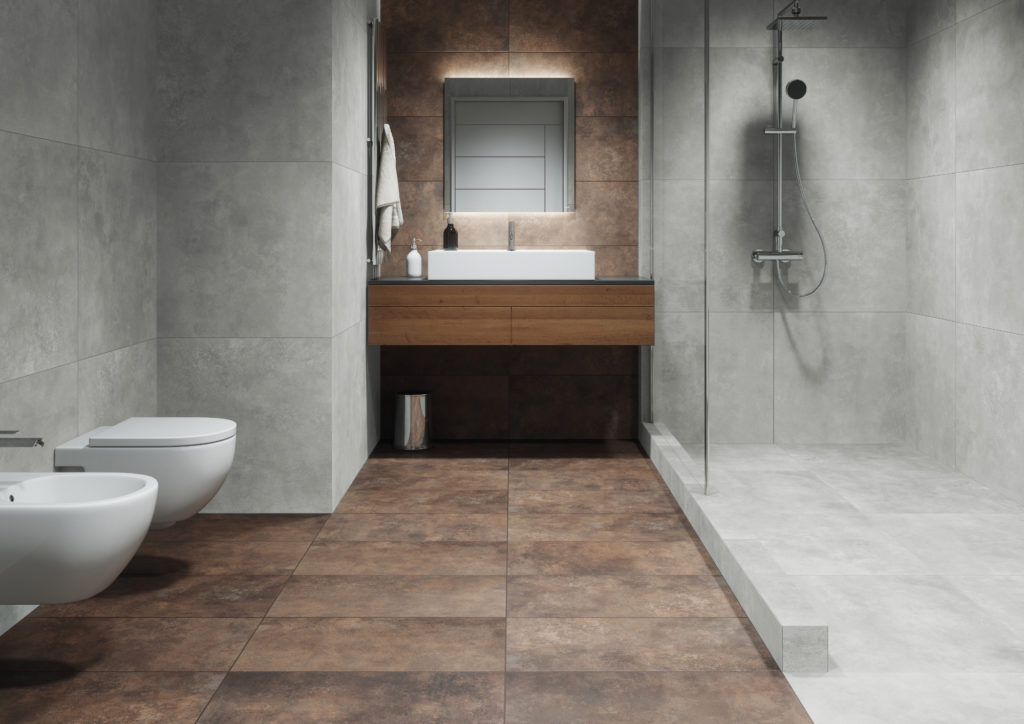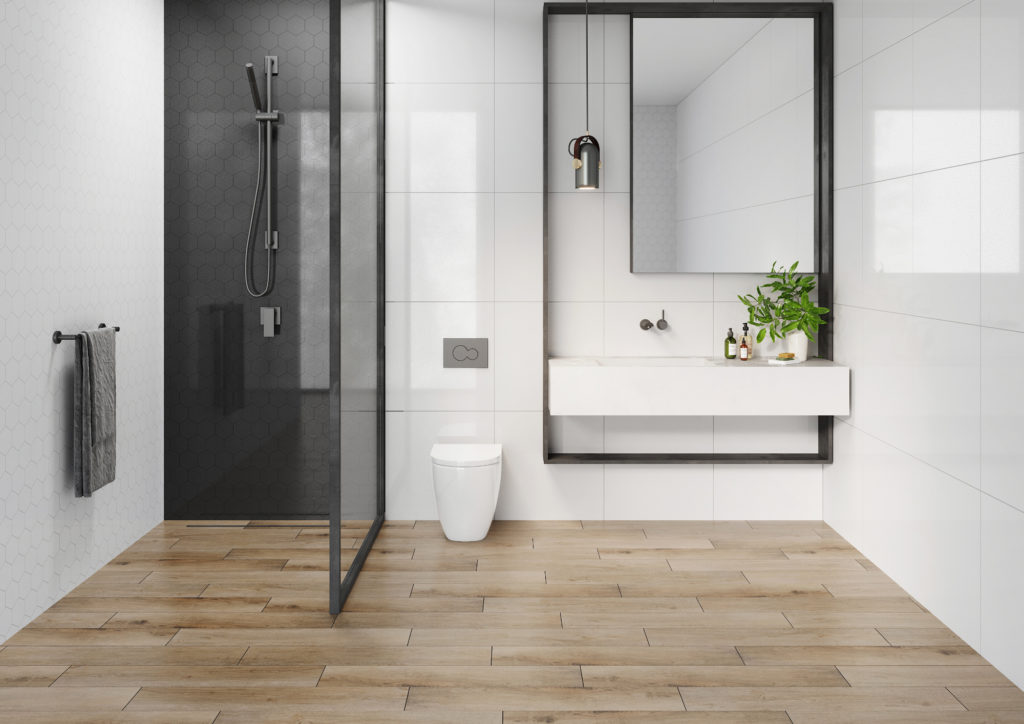Welcome to the world of tile installation, where precision, creativity, and skill come together to transform spaces. Tiles are more than just practical flooring or wall coverings; they’re a form of art that can elevate the aesthetic of your home. This post is your guide to mastering the art of tile installation.
Preparing Your Space
Before you start any tile installation project, you must ensure that the space you’re working in is well-prepared. Cleanliness is essential. Even the smallest particle under your tiles can lead to an uneven surface and potential cracking. Moisture beneath the tiles can lead to problems like mold growth or adhesive failure.
The subfloor must be level. If it’s not, your tiles will not lay evenly. Imperfections can lead to trip hazards and over time, uneven tiles may crack.
Additionally, your subfloor should be solid and free of any debris. If you’re removing old flooring, take the time to ensure that no remnants are left. Any debris left beneath your tiles can create an uneven surface, leading to potential problems.
Tools and Materials
The right tools and materials are the backbone of a successful tile installation. Some of the essential tools include tile cutters, trowels, spacers, and a rubber mallet. Safety is also paramount, so you should use safety equipment like gloves, safety glasses, and knee pads. Accidents can happen during tile installation, so taking the right precautions is crucial to keep your project incident-free.
Materials are also critical. You need the right adhesive and grout for your specific tiles. Proper selection of these materials is essential because different tiles have different requirements. Using the wrong adhesive can lead to tiles that don’t stick properly or grout that doesn’t set correctly.
Measuring and Layout
Precise measurements and a well-thought-out layout are the cornerstones of a professional-looking installation. To achieve this, you’ll need to create reference lines to ensure that your tiles are laid straight and evenly. Tile spacers are critical for keeping your tiles properly spaced, which is necessary to achieve a professional finish.
Planning your tile arrangement is another crucial aspect. Proper planning helps you avoid tiny tile slivers or awkward cut pieces, which can disrupt the overall aesthetic of your project. To achieve a professional finish, you’ll need to center your design, especially in spaces where the center point is visible.
Cutting and Shaping Tiles
In many tile installation projects, you’ll encounter spaces where full tiles won’t fit. To accommodate edges, corners, and obstacles, you’ll need to cut and shape your tiles. This is where the artistry of tile installation truly shines.
Tile cutters and nippers are essential tools for achieving clean, precise cuts. Tile cutters are excellent for straight cuts, while nippers allow you to shape the tiles around curves or other irregular shapes. The key here is precision; a jagged or poorly measured cut can disrupt the overall flow of your design.
Remember, in areas with curves, pipes, or other obstructions, you may need to make intricate or irregular cuts. In these cases, patience and careful attention to detail are your best allies. These shaped tiles should blend seamlessly with the full tiles, contributing to a polished look.
Grouting and Sealing
The grouting stage is where individual tiles come together to create a cohesive masterpiece. Properly mixed and applied grout is crucial to avoid uneven surfaces and unattractive grout lines.
Sealing tiles is especially important in areas prone to moisture or stains. The sealant acts as a protective barrier that prevents liquids and dirt from penetrating the tile and grout, making cleaning and maintenance much more accessible. Properly sealed tiles maintain their appearance over time, preserving the visual appeal of your installation.
A well-grouted and sealed tile surface not only looks more attractive but is also more durable and easier to maintain. It’s the finishing touch that ties your tile project together, ensuring it stands the test of time.





Troubleshooting and Repairs
Tile installations don’t always go perfectly. Issues like cracked tiles, loose grout, or uneven surfaces can occur.
For instance, if you encounter a cracked tile, you’ll want to replace it to maintain the overall look of your installation. Loose or crumbling grout can be carefully removed and replaced to restore the finish. We’ll also discuss when it’s time to seek professional help for more complex issues.
A critical aspect of troubleshooting is knowing when to address a problem promptly. Ignoring even minor issues can lead to more significant problems down the road, so it’s crucial to deal with them as soon as they arise.
The Value of Professional Tile Installation
In some cases, seeking the expertise of a professional tile installer, like Majestic Tiles, can make all the difference, especially when dealing with intricate patterns, large spaces, or specialized tiles.
Professionals bring years of experience and training to your project, ensuring your tiles are laid perfectly, grout lines are clean, and the final result is stunning. They can handle unexpected challenges that might arise during installation, saving you time and headaches. Hiring a professional provides peace of mind, knowing that your investment in beautiful, long-lasting tiles is in capable hands. For complex or high-stakes projects, it’s often the best choice to consult with a professional tile installer.
